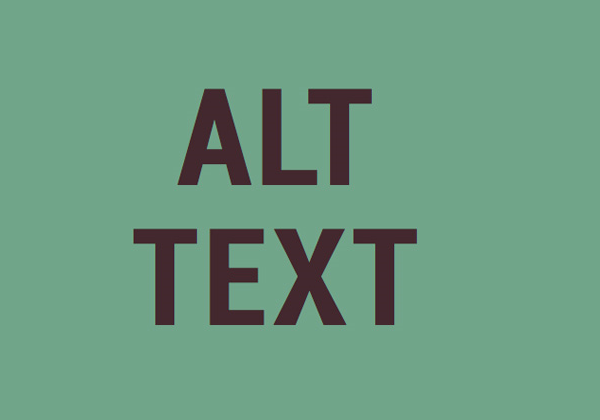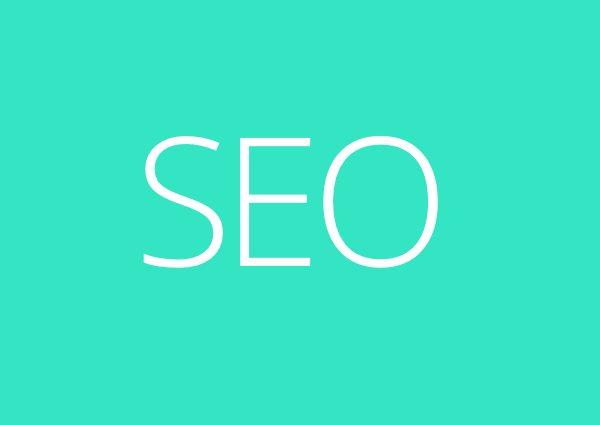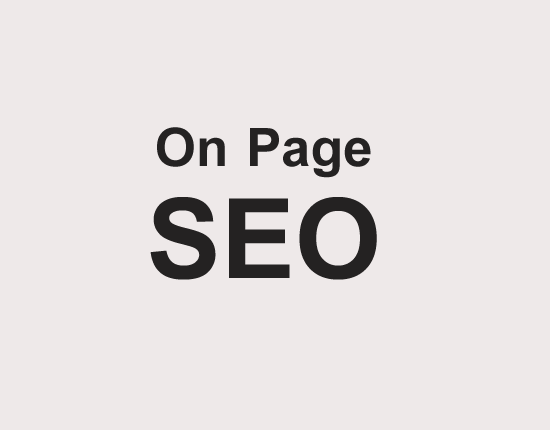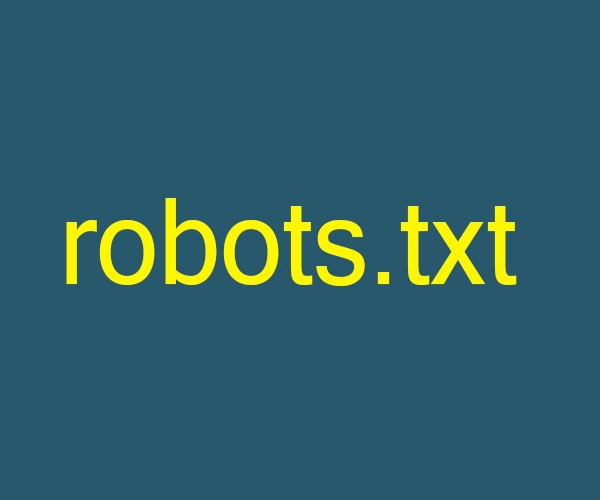


SEO Glossary helps you to understand some basic Search Engine Optimization (SEO) terms. There are two ways of driving traffic to your website - free or paid. SEO is the most popular approach of getting free traffic while paid traffic deals with advertisements such as media buys, pay per click (PPC), banner ads, Google display network (GDN) and more. You need to understand the following SEO terms before learning the actual tactics and techniques:
1. ALT Tag: The algorithm behind Google cannot view the actual image but it can read the ALT tag. Using this tag assist Google in knowing what is on your images. Representation of a standard IMG tag is shown below:
<img src="digital-marketing.jpg" alt="Digital Marketing" />
Displaying images is the responsibility of the IMG tag and the ALT tag is an HTML attribute of the IMG tag.
2. Anchor Text: Two main elements of every link are the anchor text and the web address that the link is pointing to. Anchor text works as the link and is important for SEO. It is always good to have a relevant keyword as the anchor text whenever you are trying to get a link back to your website.
3. 301 Redirect: This permanent redirection indicates search engines that the page they are trying to access has changed its address permanently. In general, redirection happens when you are automatically redirected to a different page from a visited page.
4. Backlinks: The shortest way of improving your search engine rankings is to get a lot of high quality backlinks. This is a simple link that points to your web page from someone else's website.
5. Black Hat SEO: Unethical or manipulative SEO practices can hurt your website in the long run. Black hat SEO can also result in getting your website banned from search engines.
6. Canonical Tag: Placed in the HEAD section of the HTML structure and this tag informs Google algorithm about some duplicate web pages. Below is the format of this tag:
<link rel="canonical" href="https://www.example.com/" />
The address set in the canonical tag (href) indicates that the page located under it is the copy of the current web page.
7. Deep Linking: Links that point to specific web pages or images on a website, instead of that website's homepage. Deep Links are valuable for SEO and improve the rankings of web pages.
8. Do Follow Link: A most valuable factor from an SEO perspective. It is a standard HTML link that does not have the rel="nofollow" attribute.
9. Domain Name: This is your unique address on the Internet and hosting is where your website is stored on the web.
10. Content Duplication: One of the bad things for SEO is duplicate content. This indicates that you have the same content on two separate web pages within your website.
11. Keywords: These are whole phrases or single words of particular SEO importance for a given web page.
12. Keyword Density: Defined as the number of times the keyword appears divided by the total number of words in a web page content. The final result will be expressed as a percentage score. There is always an effect of Keyword Density on SEO and it describes the specific phrase appearance in a piece of text.
13. Keyword Stuffing: Repeating a word or a phrase very often in a web page content is termed as Keyword Stuffing. It works against you and results in the display of text that no longer looks natural.
14. LSI: The robots always search for LSI keywords supporting your main keyword during the crawling of content on your web pages. If they find such keywords your page gets a boost in rankings for your main keyword.
15. Linkbait: Here a lot of links are most likely to get attracted by a piece of highly viral content. Linkbait content includes text, graphics, pictures, videos and audio work.
16. Link Building: The process of getting quality backlinks to your page is termed as Link Building. This is the most important element of every SEO strategy.
17. Link Farm: A black hat SEO technique where a network of websites are linked to each other for improvements in rankings and Page Ranks. Do not take part in it otherwise your website will get penalized.
18. Meta Description: Search engines use this short description and it is not displayed anywhere on the web page. For each website, Google decides and displays a title and a short text (Meta Description).
19. Meta Keywords: It will be a good idea if you include your main keyword on the Meta Keywords list. Setting proper keywords won't do you any harm.
20. Meta Tags: Placed in the Head section of the HTML structure and consists of two main elements: Meta Description and Meta Keywords. Meta Tags help search engines to determine what the page is about.
21. Nofollow: No vote, no link juice attribute notifies the search engines that they should not pay attention to a text link.
22. Off Page: Link building is the main element of Off Page SEO. Rankings are improved by considering practices that are outside your web pages.
23. On Page: Everything that is done on the page is known as On Page optimization. This includes things like title tags, descriptions, analysis of keyword density, internal link structure, code optimization and more.
24. Page Rank: An algorithm firstly created by Larry Page describes that your web page will have a better page rank (PR) if you have a number of backlinks with better page rank. For example, Google has a PR of 10 and Facebook is PR 9.
25. Robots.txt: This is a very useful file and it notifies the search engines about the web pages that are restricted for them. It can also prevent Google, Yahoo and Bing from observing duplicate content on your website.
26. SERP: Whenever you search for a keyword on Google or other search engines, then a page that gets displayed is known as Search Engine Results Page (SERP).
27. Spider/Crawler/Bot/Robot: Search engine spiders can index and rank the websites only when they send the data back to Google after browsing the web.
28. Title Tag: It is a very important SEO factor and Title Tag is visible only in one place - your browser's title bar. Always come up with a good title tag because search engines will come to know about the web page by looking at the Title Tag.
29. URL: It is simply the address of a specific web page.
30. White Hat SEO: Search engines encourage you to use SEO practices that are included in white hat SEO.
31. XML Sitemap: This allows you to index your website a lot quicker. XML Sitemap represents a map of all different URLs that your website contains.


XML Sitemap has a great significance for search engine optimization (SEO).

Optimizing Meta descriptions is an important aspect of On Page SEO.

Discover what is Robots.txt and how to optimize it by following this simple guide.